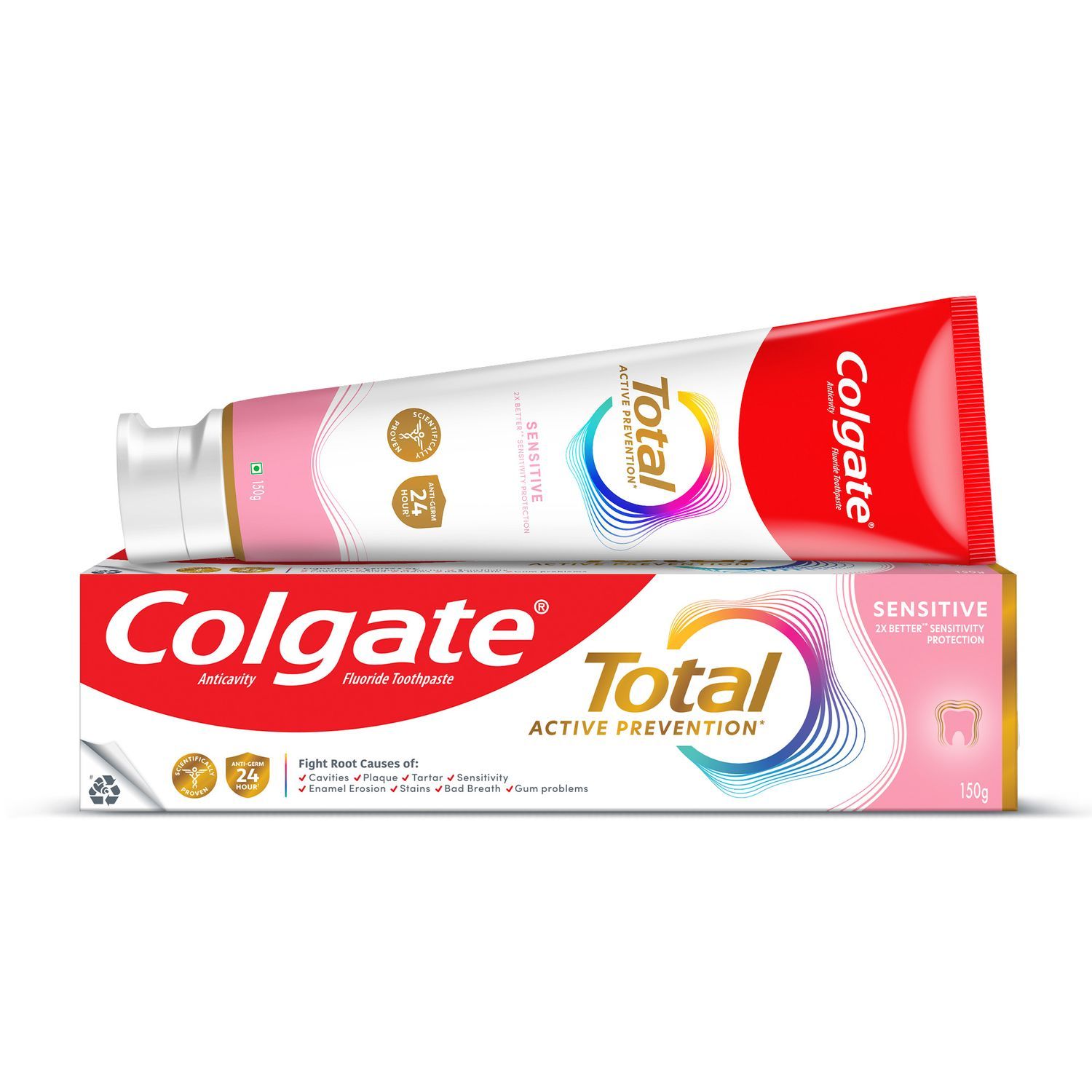So, What’s Gum Disease?
Also called periodontal disease, gum disease has three stages.
Stage One: Gingivitis – A mild form of gum disease, gingivitis is an inflammation of the gums caused by plaque (also known as dental biofilm) and tartar build-up on teeth. The positive news is that gingivitis is reversible if treated, stopping gum disease in its tracks.
Stage Two: Periodontitis – Untreated gingivitis could turn into periodontitis. This disease infects the gum tissue more seriously, causing gum pockets and infection of the bone tissue.
Stage Three: Aggressive Periodontitis – At this point, your gum pockets cause the gum tissue to detach from your teeth. This detachment can lead to your teeth becoming loose and falling out.
Also, other health conditions might develop from gum disease as bacteria by-products enter your bloodstream.
What Are the Symptoms of Gum Disease?
Gum disease is a silent infection; millions of people might not know they have it. If you’re unaware of any plaque or tartar build-up, how do you know if you have gum disease?
Signs of common gum disease can alert you that there might be a problem. If you experience any symptoms noted below, make a dentist appointment asap.
Gum disease symptoms include:
- Swollen, red gums
- Bleeding gums when you brush or floss
- Bleeding gums when eating, especially hard foods
- Longer-looking teeth and receding gums
- Tender-to-the-touch gums
- Spaces developing between teeth and gums, causing pockets to form
- A build-up of pus between teeth and gums
- Chronic bad breath
- Mouth sores
- Persistent mouth pain
- Teeth becoming misaligned
- Different fit with partial dentures
If you have any of these symptoms, your dentist can confirm if you have gingivitis or periodontitis – and tell you what treatment is necessary.
What is the Treatment for Gum Disease?
Gingivitis Treatment: Your dentist or dental hygienist can perform a two-step deep-cleaning procedure called dental scaling and root planing. Remember, treatment for gingivitis can reverse gum disease.
Periodontitis Treatment: If your gums develop periodontitis, your dentist will usually refer you to a periodontist – a gum disease specialist. Periodontitis treatment usually requires surgical procedures, such as:
- Pocket reduction to remove bacteria
- Gum graft surgery
- Regenerative procedures
- Plastic surgery
How Can I Prevent Gum Disease?
Be a dental-care action hero by taking these steps to zap plaque and banish periodontal disease:
Visit your dentist twice annually but at least once a year: By getting regular check-ups and cleanings, your dental professionals can spot early gum disease – even if you don’t experience symptoms. And then they can treat and possibly stop gum disease from advancing.
Make your home oral health care routine non-negotiable: Even if you’re rushed in the morning or bone-tired at night, we know you can find two or so minutes twice a day to remove plaque.
- With fluoride toothpaste and a soft toothbrush, brush your teeth properly at least once in the morning and once before bedtime.
- Floss once a day (maybe after brushing at night). Also called interdental cleaning, flossing removes the plaque brushing doesn’t get
- Rinse with an antibacterial mouthwash daily
- Replace your toothbrush at least every three months to keep the bristles their most effective
Keep healthy in mind and body: Your oral health can affect your overall health – and vice versa. Since certain risk factors might increase your chance of developing gum disease, maybe it’s time to do the right things:
- Eat a balanced diet, which includes not going overboard on plaque-loving sugar and other carbs. (Diabetes is a risk factor.)
- Give up smoking and other tobacco products – including chewing tobacco.
- Switch from medications that cause dry mouth to ones that don’t.
- Reduce your stress. Meditation, yoga, exercise, keeping a gratitude journal, changing your lifestyle – whatever decreases your stress is a good thing even if your gums are in perfect condition.
By taking preventative action, your gums should have a long, happy, pink, and disease-free life.
This article is intended to promote understanding of and knowledge about general oral health topics. It is not intended to be a substitute for professional advice, diagnosis or treatment. Always seek the advice of your dentist or other qualified healthcare provider with any questions you may have regarding a medical condition or treatment.
ORAL HEALTH QUIZ
What's behind your smile?
Take our Oral Health assessment to get the most from your oral care routine
ORAL HEALTH QUIZ
What's behind your smile?
Take our Oral Health assessment to get the most from your oral care routine













